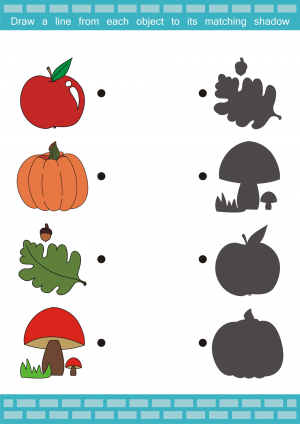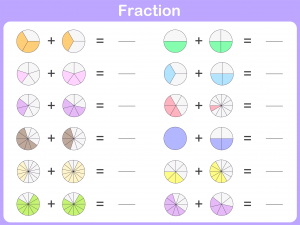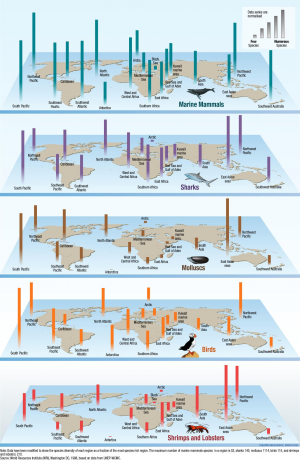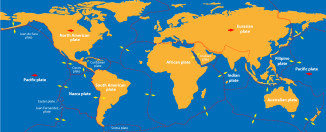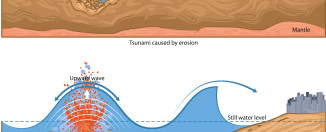Oil Extraction
In the modern world, oil is a hugely important source of energy which powers civilization. Oil and gas are trapped deposits of carbon, also called fossil fuels. Find out more about oil extraction!
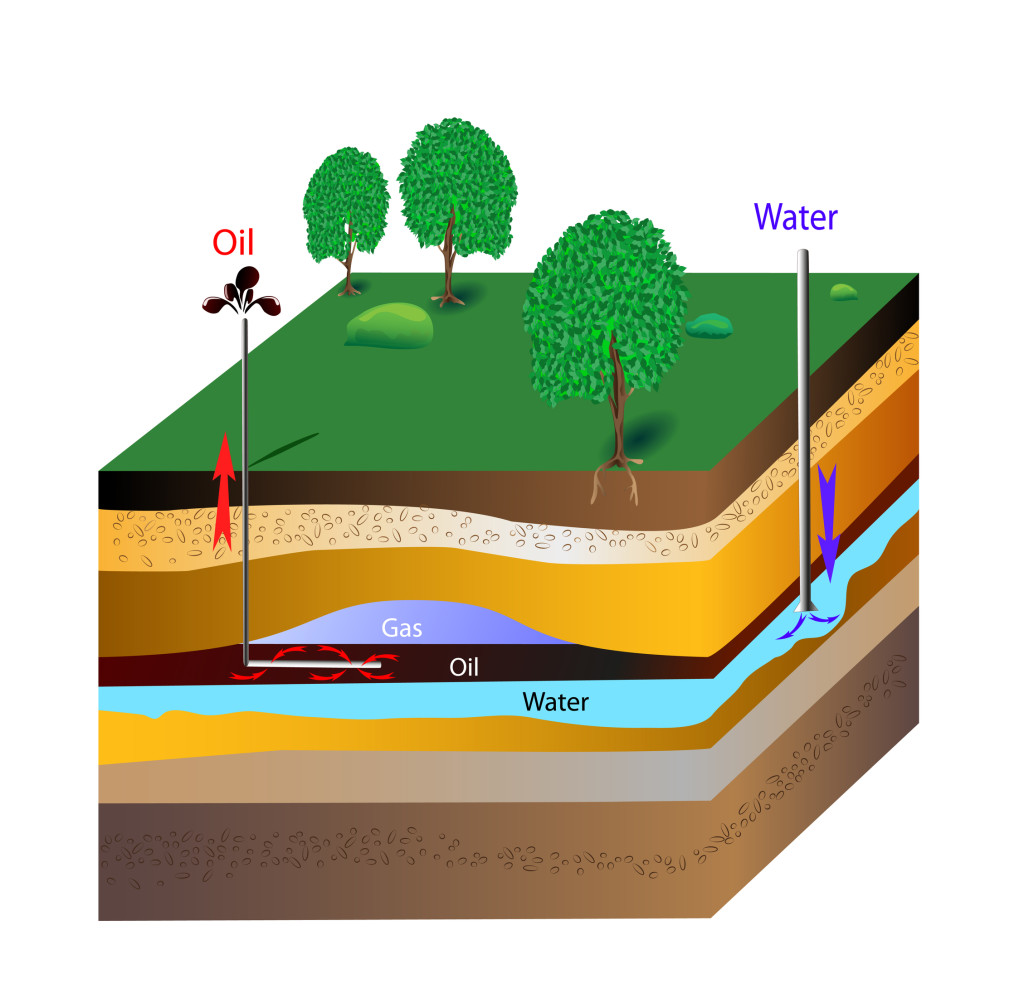
So how do we get oil out of the ground? First, let’s look at how it got there. Oil and natural gas are the products of millions of years of the natural breakdown of organic material, like plants, plankton, and algae that are buried in layers of rock. While oil, also known as petroleum, is heavy, natural gas is lighter and it can float up to the tops of oil deposits. Although oil can flow through some types of rocks (permeable layers), it can get trapped or blocked by others (impermeable layers).
Geologists look at the layers in the rock below the ground and try to predict the locations of oil and gas reservoirs. These will be permeable layers of rock filled with oil and gas, with impermeable layers above them which trap the oil in place, allowing it to build up.
Once a reservoir is found, a drilling team will drill down and into the permeable layer. Usually the oil in it will be under pressure, so it will be forced to shoot upwards where it can be collected. This is like squeezing a sealed bag of water, then stabbing a straw into it – the water would come shooting out the straw! As the oil is pumped out of the reservoir, the pressure slowly decreases. Sometimes, to build up the pressure, water can be pumped into the reservoir or just below it to increase the pressure and force all of the oil out. Once the oil is all gone, there may be natural gas left in the space and this can be pumped out as well.
Find out more about shale gas!

